Lemongrass, Cymbopogon Citratus
This product is available for shipping only in Bangalore
Lemongrass is a versatile and easy-to-care-for plant that adds both flavor and fragrance to your home or garden. With proper care—plenty of sunlight, regular watering, and well-draining soil—lemongrass will thrive and provide you with an endless supply of fresh, citrusy leaves and stalks. Whether you’re growing it for culinary, medicinal, or ornamental purposes, this plant is a rewarding addition to any garden or indoor space.
Plant Height: approx. 1 ft including the nursery bag
Pot size: 5 inches nursery bag
- Estimated Delivery : Up to 3 business days
- Free Shipping & Returns : On all orders over ₹550 in Bangalore
Lemongrass, also known as Cymbopogon citratus, is a tropical, grassy herb known for its refreshing, citrusy fragrance. It’s widely used in cooking, particularly in Asian cuisine, and is also popular for its medicinal properties. Lemongrass is an easy-to-grow plant that can thrive both indoors in containers and outdoors in gardens.
Here’s a comprehensive care guide for Lemongrass:
1. Light Requirements
- Full Sun: Lemongrass thrives in full sunlight and needs at least 6-8 hours of direct sunlight each day to grow vigorously. If growing indoors, place it near a bright, south-facing window.
- Outdoor Growth: In outdoor gardens, plant lemongrass in a location where it will receive full sunlight throughout the day.
2. Watering
- Frequent Watering: Lemongrass prefers consistently moist soil. Water regularly to keep the soil moist but not waterlogged. During hot weather or dry spells, increase watering to ensure the plant does not dry out.
- Well-Draining Soil: Ensure that the soil has good drainage to prevent water stagnation, which can lead to root rot.
3. Humidity
- Moderate to High Humidity: Lemongrass prefers moderate to high humidity levels, especially when grown indoors. If you live in a dry climate, mist the plant occasionally or place it near other plants to increase humidity.
- Humidity in Outdoor Gardens: If grown outdoors, lemongrass can adapt to a range of humidity levels, though it thrives in warm, humid environments.
4. Temperature
- Warm Temperatures: Lemongrass loves warm temperatures and grows best in climates where temperatures range between 65-85°F (18-29°C). It is frost-sensitive and should be protected from temperatures below 40°F (4°C).
- Cold Weather Care: In colder climates, you can grow lemongrass in containers and bring it indoors during the winter months to protect it from frost.
5. Soil
- Well-Draining, Rich Soil: Lemongrass prefers rich, loamy soil with good drainage. A slightly sandy or loamy soil mixed with organic compost works best to provide the plant with the nutrients it needs while allowing excess water to drain.
6. Fertilizing
- Regular Feeding During Growing Season: Feed lemongrass with a balanced, all-purpose fertilizer every 4-6 weeks during the growing season (spring through summer). Organic compost or a slow-release fertilizer can also be used to enhance soil fertility.
- No Fertilizing in Winter: In colder months or periods of dormancy, reduce or stop fertilizing as the plant’s growth slows.
7. Pruning and Maintenance
- Harvesting: You can harvest lemongrass leaves and stalks as needed once the plant is mature. Cut the stalks close to the base for culinary use or trim leaves for tea.
- Prune for Shape: To keep the plant tidy and prevent it from becoming too large, prune dead or yellowing leaves regularly. This will also encourage new growth.
- Repotting: If growing lemongrass in containers, repot every 1-2 years to refresh the soil and give the roots more space to grow.
8. Pests and Diseases
- Pest Resistant: Lemongrass is generally pest-resistant but may occasionally attract aphids, spider mites, or mealybugs. Check for pests regularly, especially when growing indoors, and treat infestations with insecticidal soap or neem oil.
- Fungal Diseases: Overwatering can lead to fungal diseases like root rot. Ensure the plant has proper drainage and avoid letting the soil become too soggy.
9. Propagation
- Division: Lemongrass is easily propagated through division. In early spring, dig up a mature plant and separate the root clumps, ensuring that each clump has roots attached. Replant the divisions in fresh soil and water thoroughly.
- Growing from Stalks: Lemongrass can also be grown from store-bought stalks. Place a fresh lemongrass stalk in water until it grows roots, then plant it in soil once the roots are about 1-2 inches long.
10. Uses
- Culinary Uses: Lemongrass is widely used in Southeast Asian cuisine to add a citrusy flavor to soups, curries, and teas. Both the leaves and stalks can be used in cooking.
- Medicinal Uses: Lemongrass has been used in traditional medicine to relieve digestive issues, reduce inflammation, and promote relaxation. It’s often brewed into a tea for its calming effects.
Conclusion
Lemongrass is a versatile and easy-to-care-for plant that adds both flavor and fragrance to your home or garden. With proper care—plenty of sunlight, regular watering, and well-draining soil—lemongrass will thrive and provide you with an endless supply of fresh, citrusy leaves and stalks. Whether you’re growing it for culinary, medicinal, or ornamental purposes, this plant is a rewarding addition to any garden or indoor space.
** Plants photos are for representation purpose only. We will make best efforts to send the plants as in photos itself. There may be small white dots on the plant, as these plants cared in nursery using the hard water and pesticide spray. However these will eventually disappear as you take care and clean the leaves. Trust us, we want to give you the best

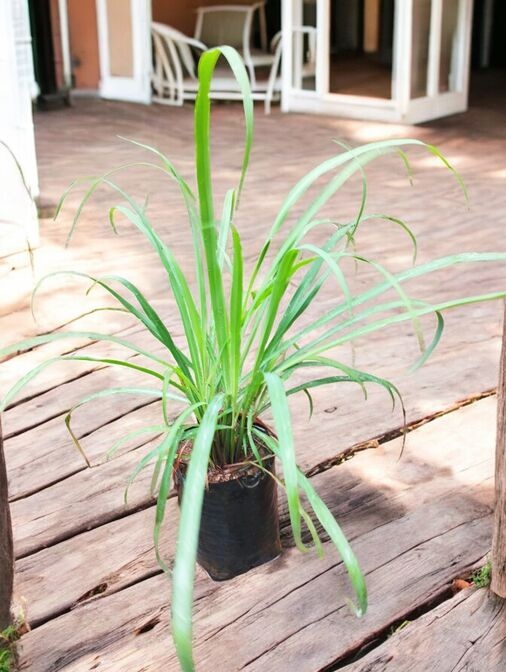

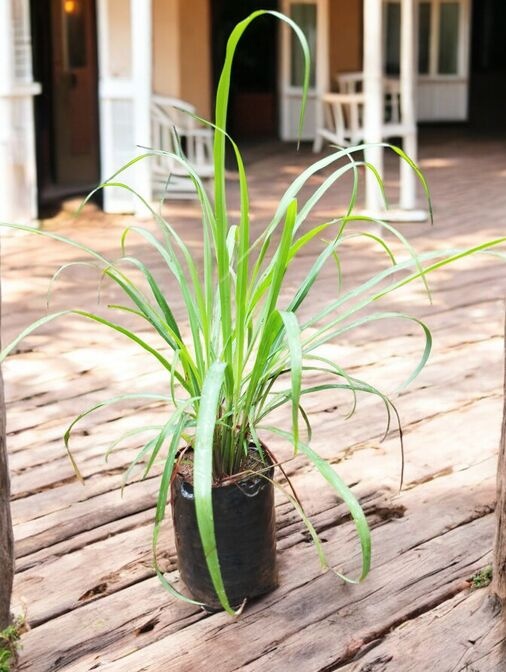
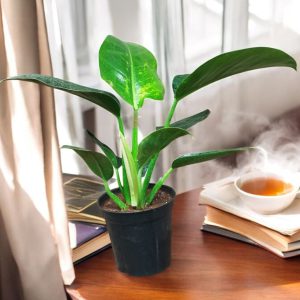
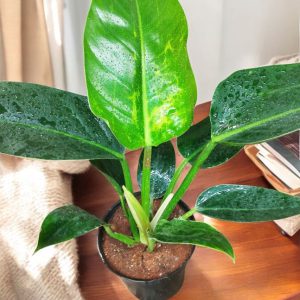

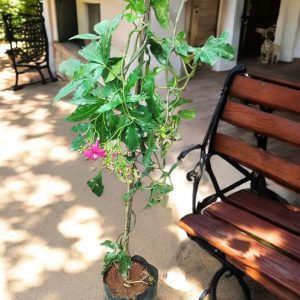


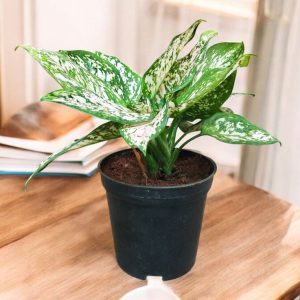
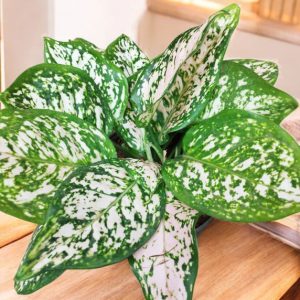



Reviews
There are no reviews yet.